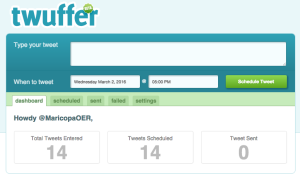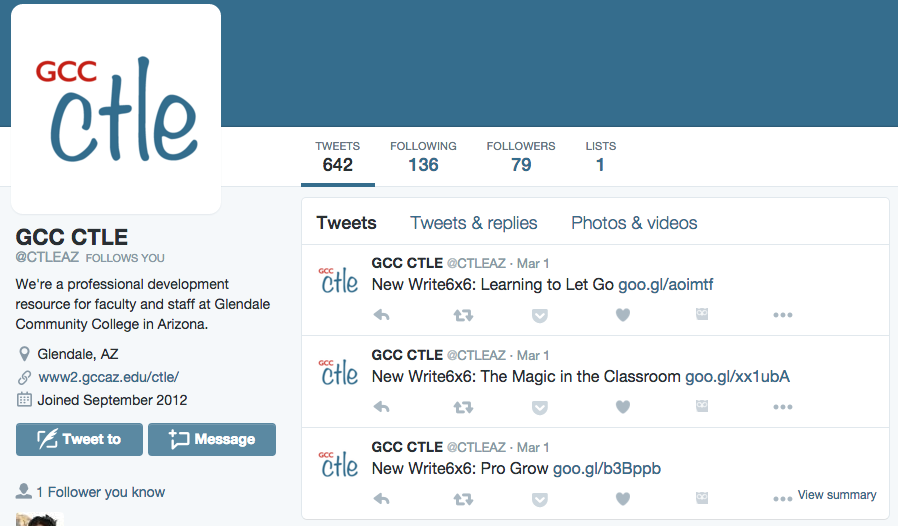The world has changed dramatically in the last twenty years. It is difficult to fully grasp the increase in access to information, and with it, misinformation.
Education has a responsibility to try and keep up with this exponential growth in access.
If this responsibility is taken on a case by case basis it becomes impossible. Even the most gifted teacher can’t fact check the firehose of information and media being fed to students (and every internet user) on a daily basis.
So how can educators avoid getting stuck in a perpetual Sisyphus style loop with correcting misinformation?
There is an old, now cliché, saying: Give a man a fish, and you feed him for a day. Teach a man to fish, and you feed him for a lifetime.
Modified: Provide someone a truth, and you correct one lie. Teach someone to pursue truth, and you keep them from a lifetime of deception.
Teaching students (or anyone) to recognize fact from falsehood is not an easy task. There are a dozen different forms of bias that serve as barriers to the truth, some of which are variants on the traditional forms of bias we think of as educators.
Last year I was at a Town Hall meeting on the possibility and impact of new low-income housing. The audience could be described as hostile. At one point in the presentation, there was a slide showing cited figures disproving the notion that “low-income” means “more crime”. At this point, one of the audience members stood up and proclaimed, phone waving in hand, that that information was inaccurate because “He just Googled it”.
“I Googled It” Bias (a variant of anchoring bias) is just the tip of the iceberg. Where Google has at least considered filtering for accuracy over relevance, social media platforms have generally taken the opposite approach. This blatant disregard for accuracy is especially dangerous because, according to Forbes magazine, 64.5% of internet users receive breaking news from social media.
Social media is an addiction, and like all addictions, expect a fight when trying to wean people away from it. The path of least resistance here is not to go after social media altogether (I’d struggle to give up /aww on reddit), but rather educate that social media shouldn’t be a primary, or even secondary, source of information. At best social media should serve as a tertiary form of information, it should provoke the thought of “Is this true?” rather than “This is true.”.
The next step goes to my old rallying cry around critical thinking skills:
- Always consider both sides of the issue
- Question, no matter the source
- Look for currency, credibility, and bias
The first thought when reading any information shouldn’t be “What is being said?”, but rather, “Who is saying it?”. Most importantly, find multiple sources for the same piece of information.
This notion especially holds true when educators start thinking about “quality sources”. One of the dangers in academia is the sometimes blind faith put in peer-reviewed journals. Unfortunately, there have been multiple cases, with some even causing societal belief shifts, where data published in peer-reviewed journals are later found to be false.
As difficult as it may be, both educators and students have to acquiesce to the notion that some facts can be fickle. The understandings of society, history, and science are usually “best guesses”, but that should not dissuade from the pursuit.
In the end, it is the pursuit of truth that should be the primary focus of education. Every teacher should strive to show students how to limit social media’s influence, avoid bias, and apply critical thinking. These skills will prove invaluable long after a student graduates, and well into whatever era comes after this age of information.


 Everyone knows how to work in a shared document, so this step was a breeze. The team has been adding their tweets and blog posts to the document. Next I started scheduling the tweets and blogs posts to go out in a timely manner next week because no one person has time to be tweeting and blogging all day, every day for a week, right? So we used
Everyone knows how to work in a shared document, so this step was a breeze. The team has been adding their tweets and blog posts to the document. Next I started scheduling the tweets and blogs posts to go out in a timely manner next week because no one person has time to be tweeting and blogging all day, every day for a week, right? So we used 